I am looking on the wikipedia article for hash trees, and I am slightly confused by their diagram.
A leaf node obviously contains the hash of the underlying data.
Are leaf nodes in hash trees different than any non-leaf node? Do non-leaf nodes contain hashes of data, or hashes of hashes?
Given this diagram:

Which of these is Hash 1 a hash of?
Hash 1-0+Hash 1-1Data block 002+Data block 003
Or are hash trees fundamentally different depending on the application (rsync, P2P networks, Git, etc)?